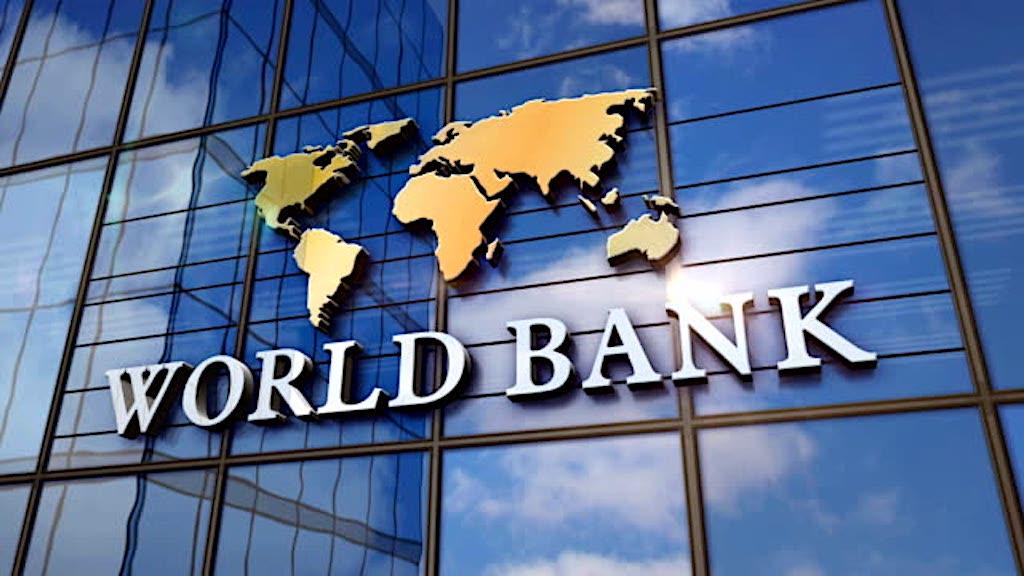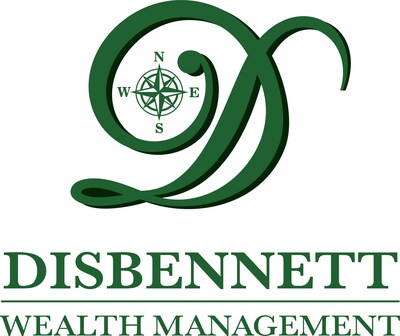- Pakistan Makes Progress on First Panda Bonds, Finance Chief Says
- Dow futures slump, Nasdaq ticks higher as Wall Street assesses Fed’s 2025 rate path
- Analysts expect the usual ‘Santa Claus rally’—but watch out if it doesn’t arrive
- What’s the TFFF? A forest finance tool ‘like no other’ shows promise, pitfalls
- The 10-year Treasury yield is making the market nervous: Morning Brief
Modular systems and automation are revolutionizing FX risk management, enhancing visibility, agility, and adaptability.
Ashley Pater, general manager of Hedge Trackers LLC, a global accounting, consulting, and software services company focused on financial risk protection, owned by platform provider GTreasury says automation is improving FX risk visibility, transforming FX risk management from a reactive task to an operational imperative.
You are viewing: The FX Automation Revolution: Hedge Trackers LLC’s Ashley Pater
Global Finance: How does FX management benefit from modular solution architecture?
Ashley Pater: Modular solution architecture allows companies requiring a flexible approach to FX risk management to adopt the specific functionalities that meet their needs without committing to an inflexible, one-size-fits-all system. With FX risk management, adaptability is critical because every company has its own risk profile shaped by its market, currencies, and business model. A modular system empowers companies to integrate essential components—such as exposure capture and tracking, automated hedge decisioning and execution, and accounting and reporting compliance—at the time and scale they need.
For example, as an organization’s FX requirements evolve from balance sheet hedging to cash flow hedging, it can add additional features and integration without overhauling the entire system. This approach is not only cost-effective but reduces implementation times and provides a tailored solution that grows with the company. In a 2023 Treasury & Risk survey, over 70% of CFOs emphasized the importance of flexible technology in keeping their treasury operations efficient amid increasing volatility. GTreasury’s modular architecture allows treasurers to focus on what matters most: building a strategy that adapts to market changes without unnecessary complexity.
See more : New fee structures are making financial advice more accessible to investors
GF: What are the key components of an FX exposure management strategy?
Pater: There are three essential components: exposure identification, risk assessment, and mitigation. Identifying exposures accurately is the foundation: knowing exactly where currency risks arise in revenues, costs, or balance sheet items is crucial to ensuring they can be managed effectively. To present a consolidated view, this often requires the integration of data from multiple sources, such as ERP systems, forecast and planning processes, and even local-entity-level global finance team members.
Risk assessment is the next critical step. Treasury teams must evaluate the size of the exposures and their potential impact on financial outcomes, often through scenario analysis and stress testing. This helps quantify the risk and informs decisions about how to mitigate it. Mitigation typically involves hedging strategies—like using forwards, options, or natural offsets—to protect against potential adverse currency movements.
GF: How can FX automation help companies balance risk and return effectively?
Pater: FX automation fundamentally transforms how companies determine the optimal balance between risk and return by enhancing visibility, efficiency, and decision quality. By automating exposure identification, valuation, and scenario planning, treasury teams gain the ability to model multiple outcomes in real time, providing clear insights into potential risks and opportunities. Scenario planning helps companies assess a range of “what if” situations, enabling evidence-based decisions that pinpoint the sweet spot for risk mitigation and strategic action.
See more : 1 Heavily Diversified Vanguard ETF That Could Outperform the S&P 500 in 2025
This level of visibility, combined with automation, allows sophisticated treasury teams to view FX risk management as an operational imperative rather than a reactive task. By automating workflows, companies reduce manual errors and have more time to focus on strategic decisions. Automation not only minimizes risk but also enhances agility, ensuring treasury teams can take informed action in response to market shifts, ultimately optimizing their financial outcomes.
GF: Why is advanced connectivity so important to FX risk management?
Pater: Advanced connectivity has become the backbone of sophisticated FX risk management. Treasury functions are no longer isolated; they require seamless communication between ERP systems, banks, and financial data providers. This interconnectedness ensures accurate, real-time financial insights.
Connectivity goes beyond data aggregation. Connectivity suites like GTreasury’s ClearConnect integrate with over 13,000 banks, providing comprehensive visibility across currencies and financial systems. Whether it’s NetSuite, Oracle, SAP, Workday, or any other ERP, the ability to capture and analyze transactional data in real time is crucial.
Source link https://gfmag.com/award/winner-insights/hedge-trackers-llc-ashley-pater-fx-automation/
Source: https://summacumlaude.site
Category: News






